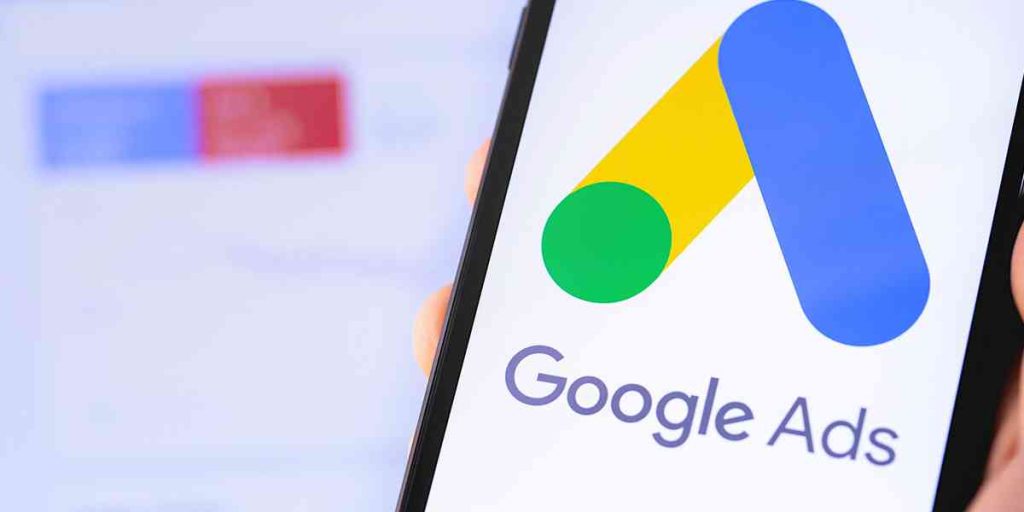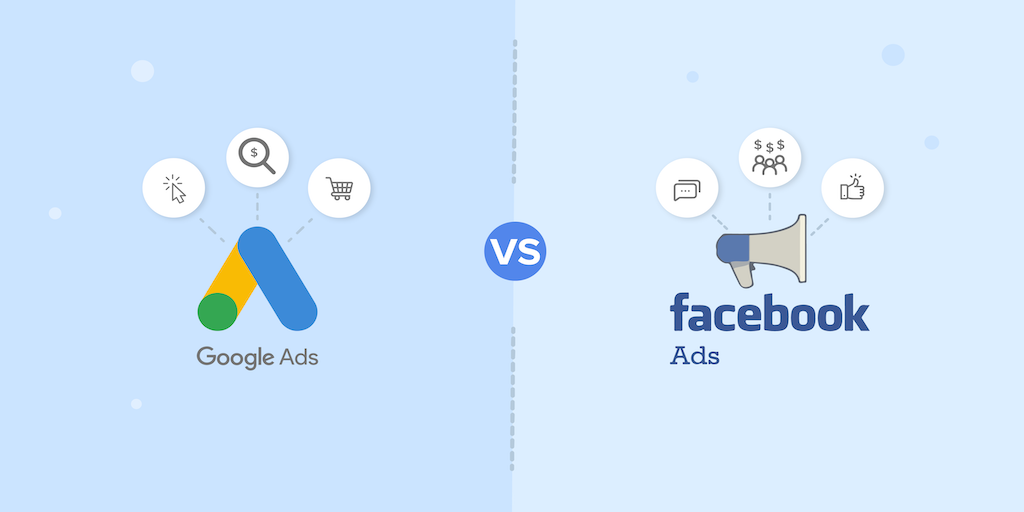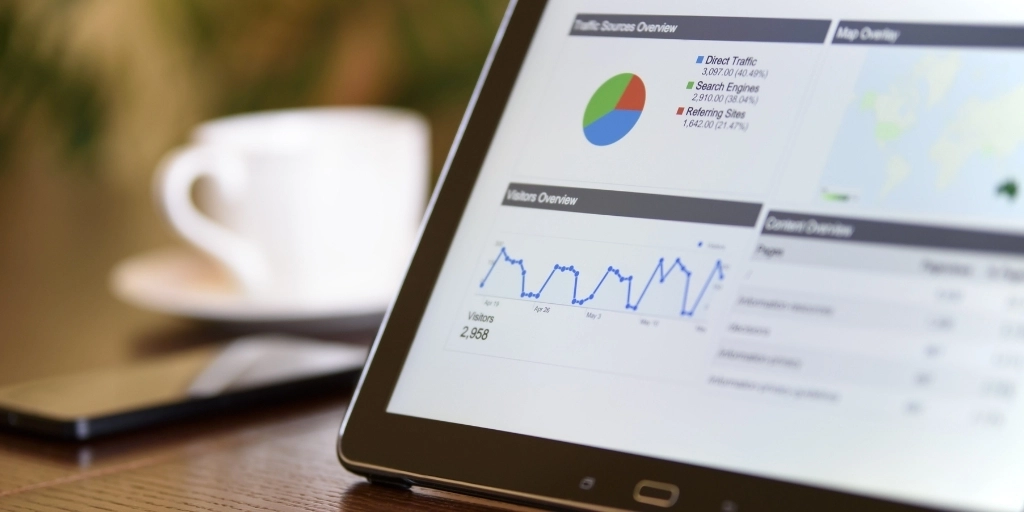
Google Ads: 10 Tips To Master This Tool
We share our best practices to work with Google Ads
Google Ads is the main online advertising tool chosen by most companies. It makes sense that this is the case, Google is the Internet search engine, and by advertising on it, we can capture users at the exact moment they are looking for our product or service, the ideal scenario.
Here are some tips and best practices for boosting performance on this platform:
1. Keep Updated
It's important to understand that Google Ads is a constantly evolving tool. Knowledge and best practices that worked a few years ago may not work now, and vice versa. You have to be constantly testing and challenging what you think you know.
2. Trust the optimizer
Like it or not, Google has more and more control over our campaigns, and over the past few years, they've done a good job improving their optimization algorithm. In our experience, optimizing for CPA or ROAS brings better results than using manual CPC. It makes sense, since Google has a lot of information about the user that we will never be able to have, and it can understand at the time of the auction which user is more likely to meet our objective, and bet more on it.
3. It is essential to correctly choose the objective for which we are going to optimize our campaigns
The ideal scenario is to be able to optimize for the event that generates an income for us (sales, subscriptions, etc.), so we would be sending Google the correct signal, exactly the users we are interested in, the one that buys from us. It is not always that simple, many times the sale happens offline, and the company does not have the resources to be able to cross it with Google Ads, or there is simply not a good volume of sales to be able to optimize. In these cases, it is valid to optimize for “lower quality” objectives such as leads, signups, app downloads, etc. But whenever possible, the ideal is to optimize for the event in which the user buys our product or service.
4. Understand the types of concordance or “match types”
Google Ads recently changed the way its keywords and match types work. It is essential to understand this perfectly to be able to put together successful campaigns, and have a neat structure, without the keywords overlapping with each other.
Source: Google
-Exact is no longer as exact as it was a few years ago, now it also includes synonyms and similar words, so there is no need to create dozens of variations of the same phrases or words, but we also lose a bit of control over what can come out in searches.
-Phrase unifies what was previously phrase and broadly modified. Like exact, it accepts synonyms and similar words, and ads are shown for searches that include the meaning of the keyword.
-Broad is really broad, you can completely override the words we use, as long as Google understands that they are related. It is so comprehensive that for example we will appear even for searches in other languages.
Choosing which concordance type to use isn't always easy, and there's no perfect recipe. One recommendation is to use exact words for accounts with a low budget, since they are the ones that perform best and we have the most control, and expand to phrase and broad when we want to scale the investment in the account and we need to capture new search terms that we are not achieving. with the exact words.
5. Use the keywords of your competitors
A simple and efficient strategy, although perhaps a bit controversial, is to use the names of our competitors as keywords. This will allow that every time someone searches for your competitor on Google, an ad of your company will be displayed. And here, creativity is important to write a good ad to invite the user to visit our site, when he was looking for another company. In several cases, the keywords of competitors are the ones that have the most volume in the entire account, it is always important to have them.
6. Optimizing landing pages is critical to campaign success
Google does half the work, then the user enters your website and then it is the site's responsibility to achieve the conversion. Beyond this, the quality of the landing page and its relevance with the Google Ads keywords directly impact the Quality Score of the campaigns. If our landing page is poor, you will have a lower Quality Score, and therefore we will pay more for each click. In short, if your landing page is optimized, you will not only generate more conversions, but you will pay less per click on Google, achieving more traffic with the same budget.
7. Relevant ads
In the same way as the landing pages, the ads have to be relevant to the keywords, to achieve a higher click-through rate and also improve the Quality Score. A good way to accomplish this is to make sure to include our keywords in the title and description of our ads. To further optimize relevancy, a good practice is to create ad groups of just a few (or one word) to make your ad highly relevant. Today, with dynamic ads it is very easy to try different titles and descriptions, Google rotates them and selects the ones that have the best results, do not be afraid to be creative with the titles, you can be pleasantly surprised!
8. Dynamic Search Ads
If you have an e-commerce or a site with many products/services, using Dynamic Search Ads is the fastest and most efficient way to cover our entire inventory and appear for all Google searches. It automatically scans our site and creates relevant ads when users search for our products on Google. A kind of SEO, but I pay. It is always recommended, apart from automatic Google indexing, manually uploading all the URLs of our site that we want users to find in the search engine to Google Ads.
9. AB Tests / Experiments
To understand and check if the "improvements" that we make on the campaigns really exceed what we had before, it is advisable to create experiments, or AB tests, putting the two variants to compete for a certain time, until conclusive results are obtained. It is very easy to configure these experiments within Google Ads, and even the tool itself reveals the results that we are obtaining and their statistical significance in order to make decisions.
10. Display, YouTube, Shopping, Gmail and more
Google Ads is not only "search ads", it also offers us other types of very powerful campaigns. In this guide we focus mainly on search, you can always write to us if you want more information about Google Ads and its possibilities!
We hope you found these tips useful to start or to optimize your Google Ads campaigns. For more information you can visit our agency here: www.oldfox.io
OLD FOX
More posts:
Meta Ads or Google Ads?
Which platform should you use?
Demystifying Google Ads Budget: How Much Should You Spend?
One of the questions we receive more often



